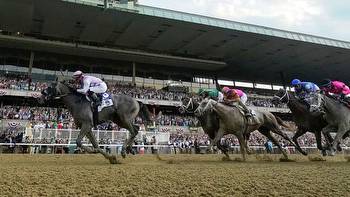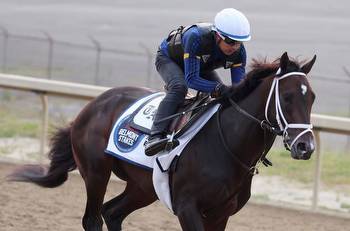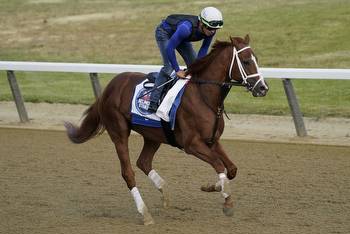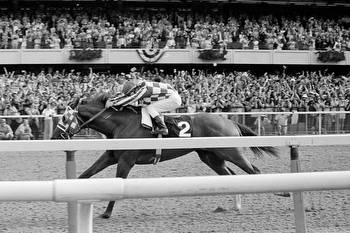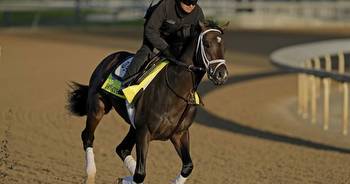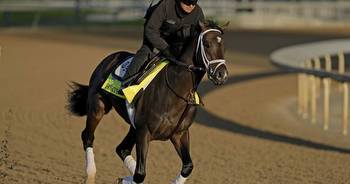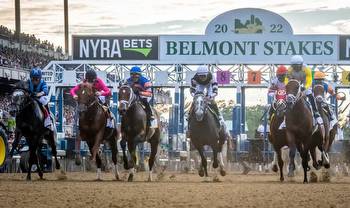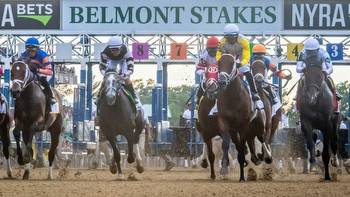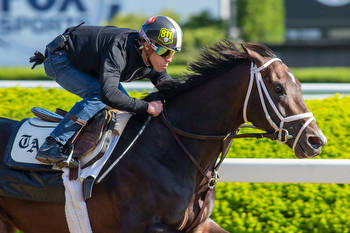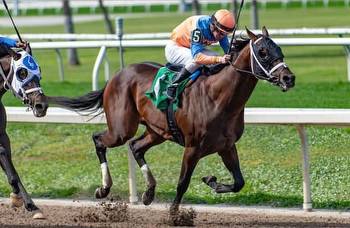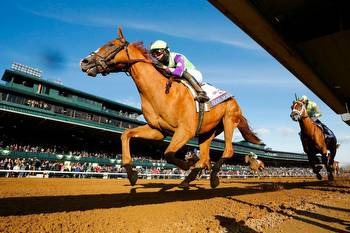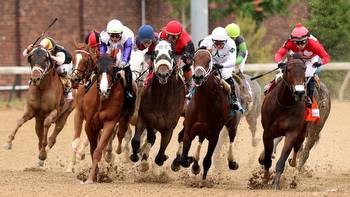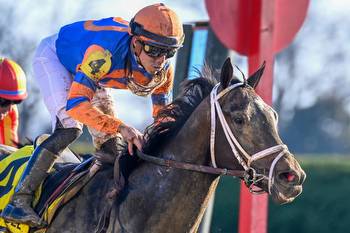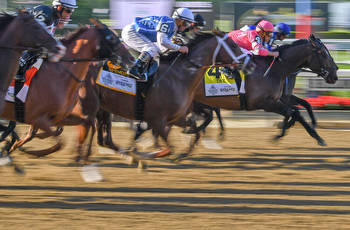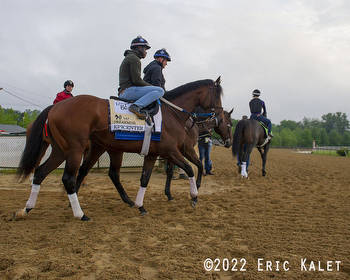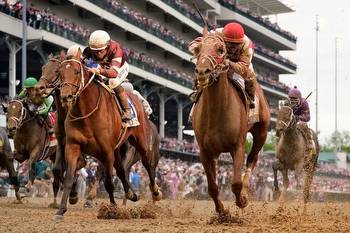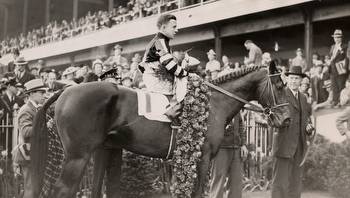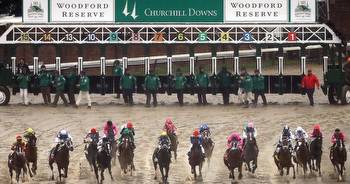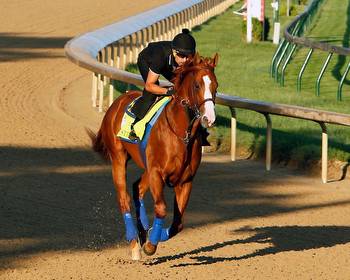Historical trends against National Treasure winning second classic in Belmont

The expected field for the $1.5 million Belmont S. (G1) on June 10 will include the winner of the Preakness (G1), but not the Kentucky Derby winner (G1) who ran in and lost the Preakness. This will be only the eighth such occurrence in the Belmont since 1953.
If the historical trends from this small sample is any indication, Preakness winner National Treasure will have difficulty following up his win at Pimlico with a Belmont victory. The only horse in the last seven decades to win the Preakness over the Derby winner and then the Belmont with the Derby winner absent was Native Dancer in 1953.
Other Preakness winners that tried and failed often did so at short odds. Preakness-winning favorites to lose in this manner include Bold Ruler (1957), who finished a distant third; Curlin (2007), who finished second by a head; and Exaggerator (2016), who was a poor 11th in a field of 13.
Some Preakness winners that did not go favored in the Belmont still ran creditably. Tom Rolfe missed by a neck in 1965 and Pine Bluff finished a close third in 1992. Both were sent off as the second choice.
The one outlier among this list is Deputed Testamony, the 1983 Preakness winner who was very cool in the Belmont wagering as the fifth choice at 9.80-1. That assessment was largely correct as he finished sixth in a field of 15.
If not the Preakness winner, then who? Well, it’s best to look back to the Kentucky Derby.
Ignoring Native Dancer’s year, the Belmont was won in four of the other six years by a horse who had run in the Kentucky Derby.
After running second at Churchill Downs, Gallant Man romped to a track-record performance in the 1957 Belmont following an interim victory in the Peter Pan H. Next was Hail to All, who had a busy spring in 1965. After running fifth in the Derby, he then finished third in the Preakness and first in the Jersey Derby before edging Tom Rolfe in the Belmont, which was run that year at Aqueduct.
Like Gallant Man, Derby third-place finisher Caveat (1983) used an interim race held at Belmont Park, in his case a 1 1/16-mile allowance 12 days before the “Test of the Champion.” The most recent Derby starter-to-Belmont success was by Creator (2016). In keeping with modern training philosophies, Creator had no prep in between the two races.
The two exceptions to this trend were not major ones. A.P. Indy (1992) would have run in the Kentucky Derby if not for having to scratch the morning of the race due to a bruised hoof. He instead prepped in and won the Peter Pan before following up in the Belmont.
Fifteen years later, in 2007, Rags to Riches became the first filly in a century to win the Belmont. In her prior start, she was a dominating winner of the Kentucky Oaks (G1), traditionally run the day before the Derby.
Among the probables aiming for this year’s Belmont who last ran in the Kentucky Derby: Angel of Empire (3rd), Hit Show (5th), and Tapit Trice (7th). Meanwhile, Forte will attempt to pull an A.P. Indy as he, too, was scratched from the Derby on the morning of.
Unlike A.P. Indy, Forte will have no benefit of a prep. He last ran 10 weeks ago in the Florida Derby (G1), in which he defeated eventual Kentucky Derby winner Mage. Few, if any, horses of prominence have attempted to win a race as grueling as the 1 1/2-mile Belmont off a layoff of such duration.
Indeed, one would have to dig quite deep into the recesses of Belmont history, likely to a time before the sport’s evolution into a year-round endeavor, before a successful example, if any, were found. To those amateur sleuths with the proper archives and records at your disposal, the rest of us await the results of your findings.

